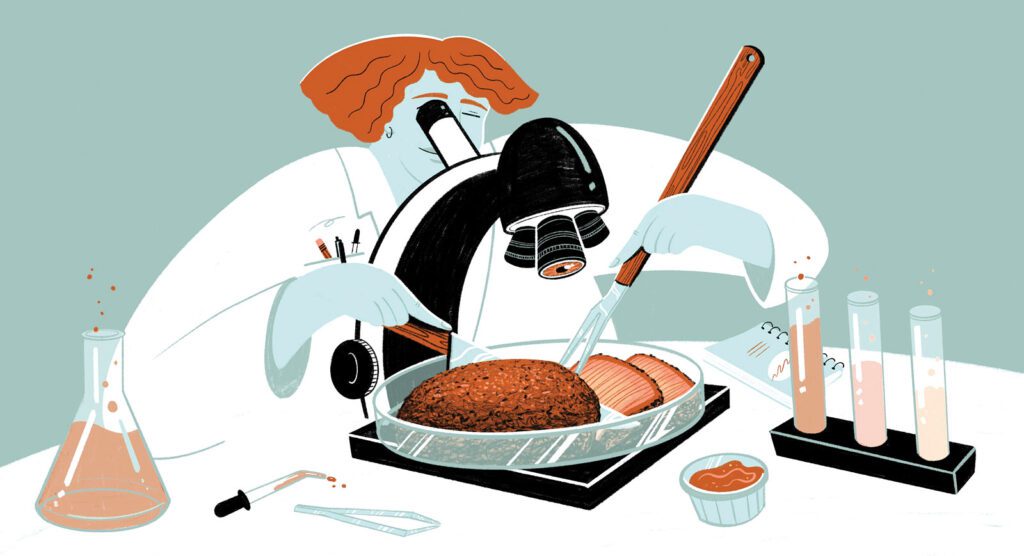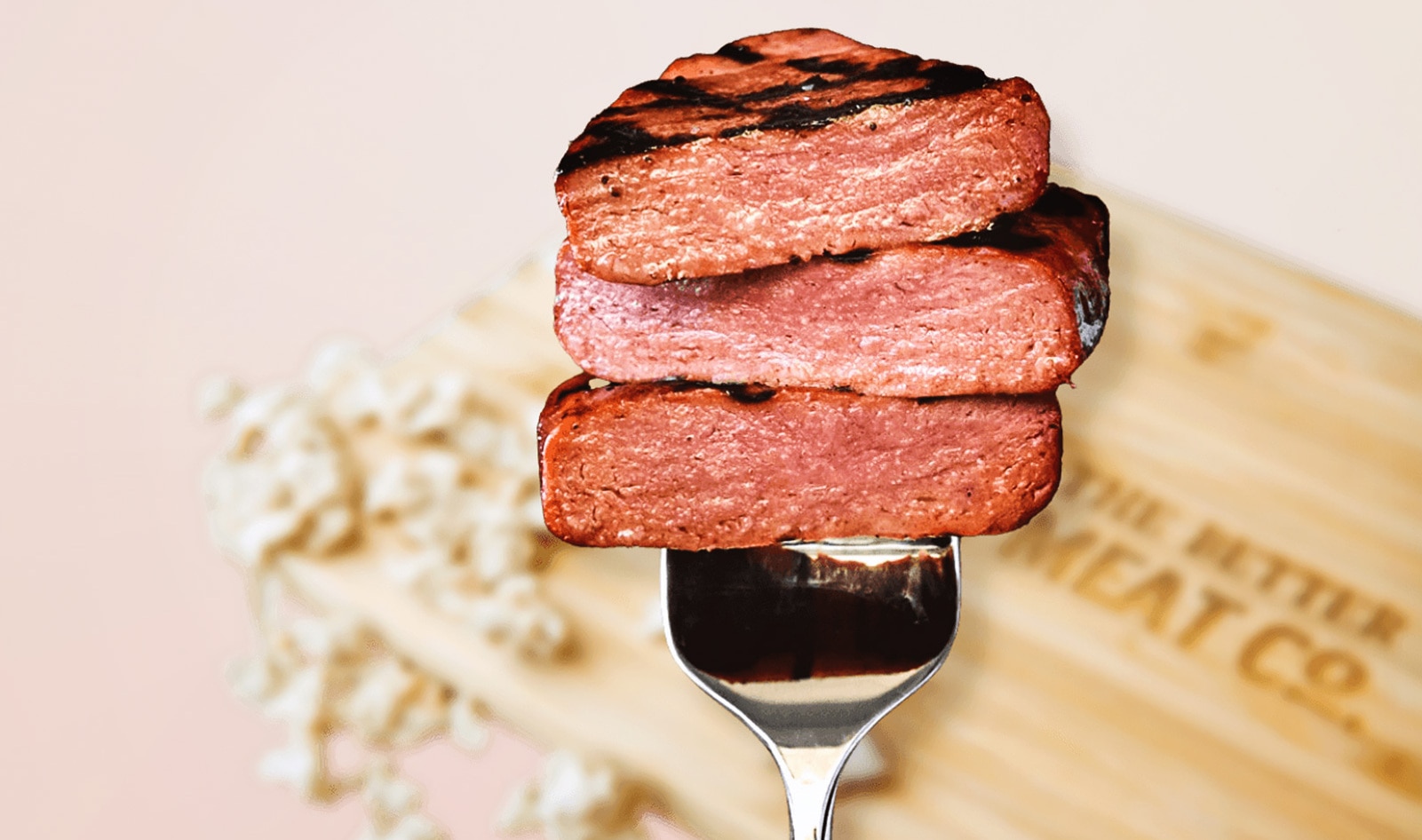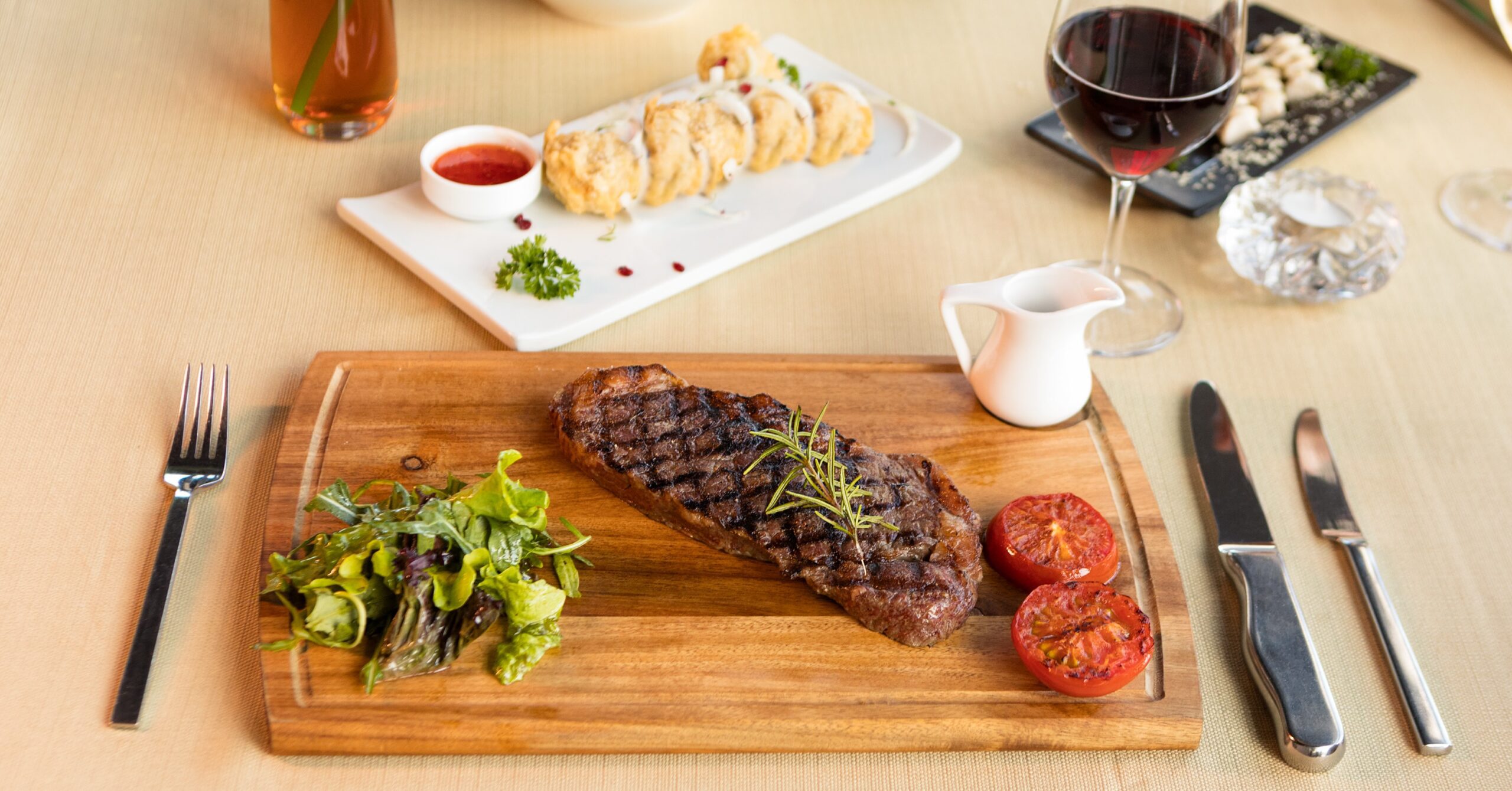- Insects are a known sustainable source of protein consumed by millions of people around the world.
- However, most Westerners find the idea of eating insects unappealing.
- As the global population grows along with concerns of food shortages in the future, scientists are developing ways to make sustainable food sources like mealworms more palatable.
- Researchers say they’ve created an appealing meat substitute from mealworms and recently presented their work at the fall meeting of the American Chemical Society.
At least 2 billion people eat insects as part of their diets, according to the Food and Agriculture Organization of the United Nations. Even so, fried grasshoppers remain a hard sell in much of the Western world.
Insects are a sustainable food source often packed with protein. As such, scientists are developing ways to make them more palatable.
South Korean researchers recently added to that growing body of work and developed a desirable “meat-like” texture from yellow mealworm beetle larvae (Tenebrio molitor) by cooking it with sugar. According to a press release, scientists believe that mealworms “could someday be used in convenience foods as a tasty source of extra protein.”
Today, their research was presented at the fall meeting of the American Chemical Society (ACS).

Making mealworms more palatable
For the research, In Hee Cho, principal investigator and a professor in the department of food science and biotechnology at Wonkwang University in South Korea, led a team of scientists who compared the aromas of mealworms throughout their life cycles.
Each stage — egg, larva, pupa, adult — gave off scents, the researchers found. Raw larvae, for instance, gave a scent of “wet soil-like, shrimp-like and sweet corn-like aromas.”
Next, the scientists compared the flavors that developed when mealworm larvae were cooked by different methods. Mealworms roasted and fried in oil produced flavor compounds that included pyrazinesTrusted Source, alcohols, and aldehydes (an organic compound), which were similar to flavor compounds found when meat and seafood are cooked.
A member of the research team then tested different manufacturing conditions and ratios of powdered mealworms and sugars. This produced different reaction flavors, the flavors that result from heating a protein and sugar. The team then presented different samples to a panel of volunteers who provided feedback about which had the most favorable “meat-like odor.”

10 reaction flavors were selected. Reaction flavors exhibiting larger amounts of garlic powder were rated as more positive. Reaction flavors with more methionine were rated as more negative.
The researchers say they plan to continue studying the impact of the cooking process of mealworms to reduce undesirable flavors.
This type of research is key to figuring out how to prepare mealworms to appeal to the masses, according to Cassandra Maya, a PhD fellow at the department of nutrition, exercise, and sports at the University of Copenhagen, not involved in the new research.
“Smell is often the first sense that interacts with food,” Maya explained to Medical News Today.










